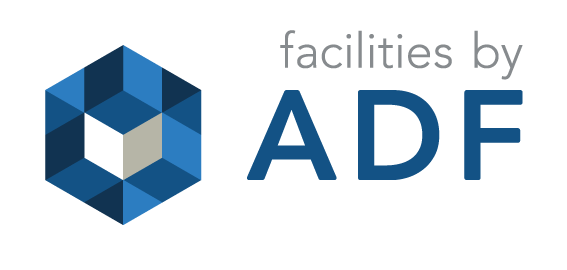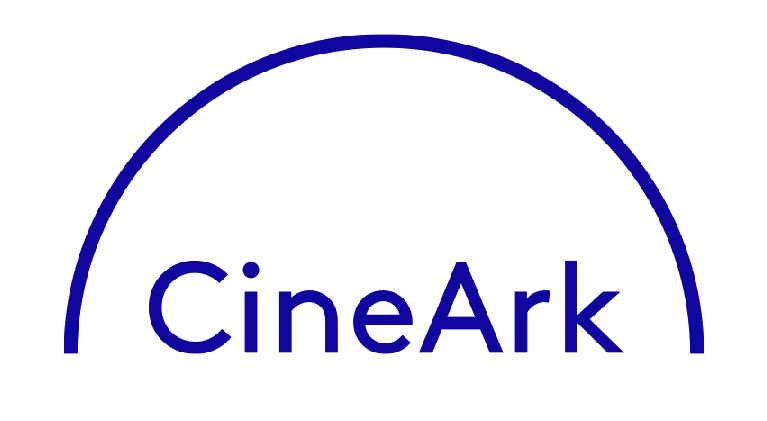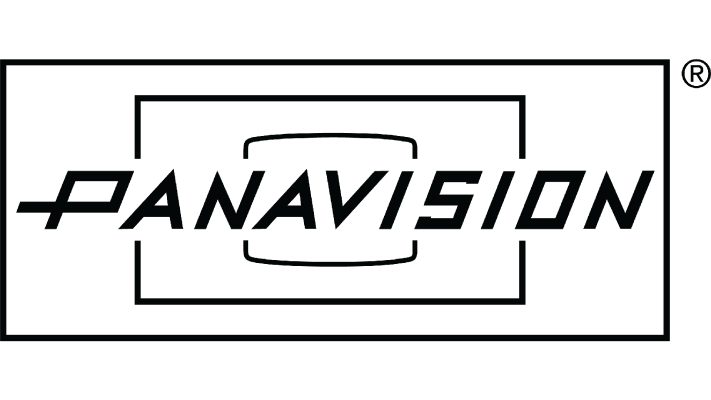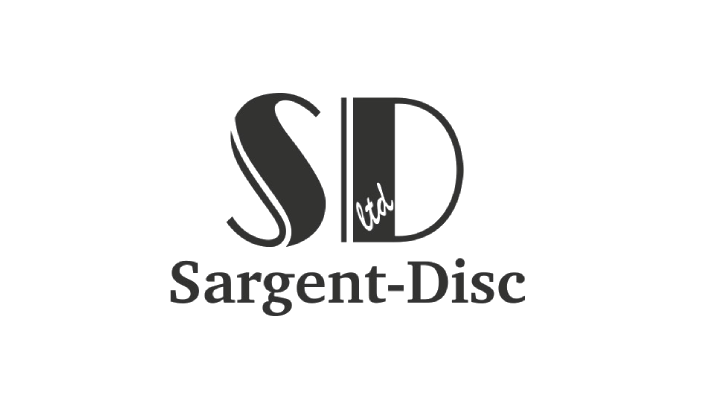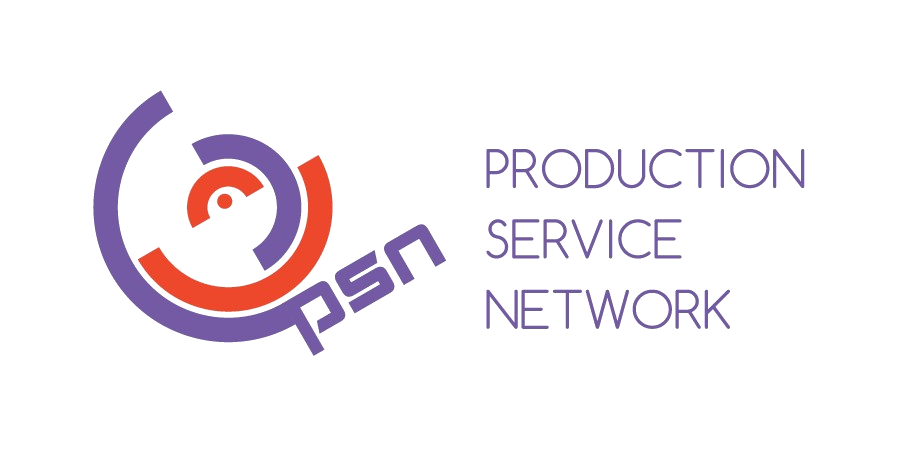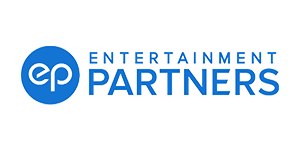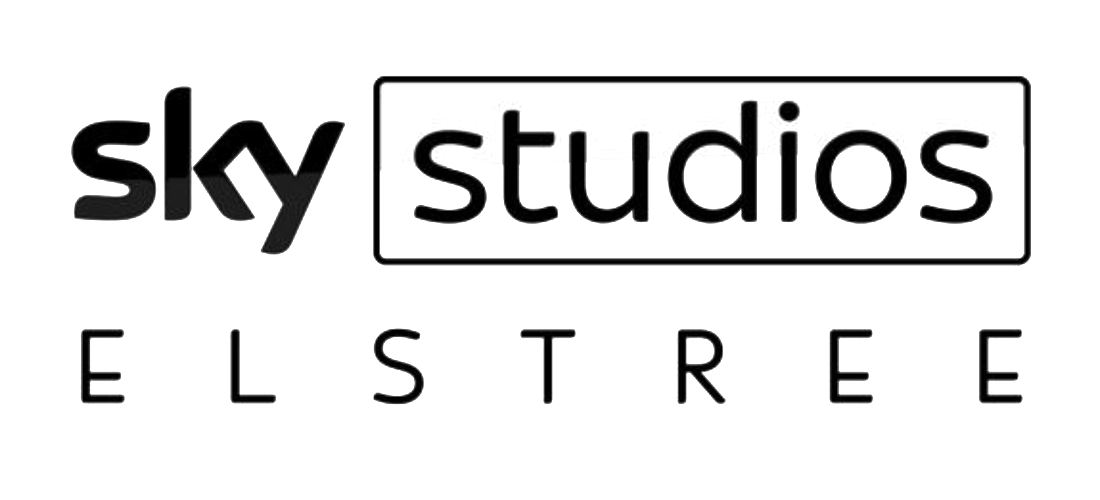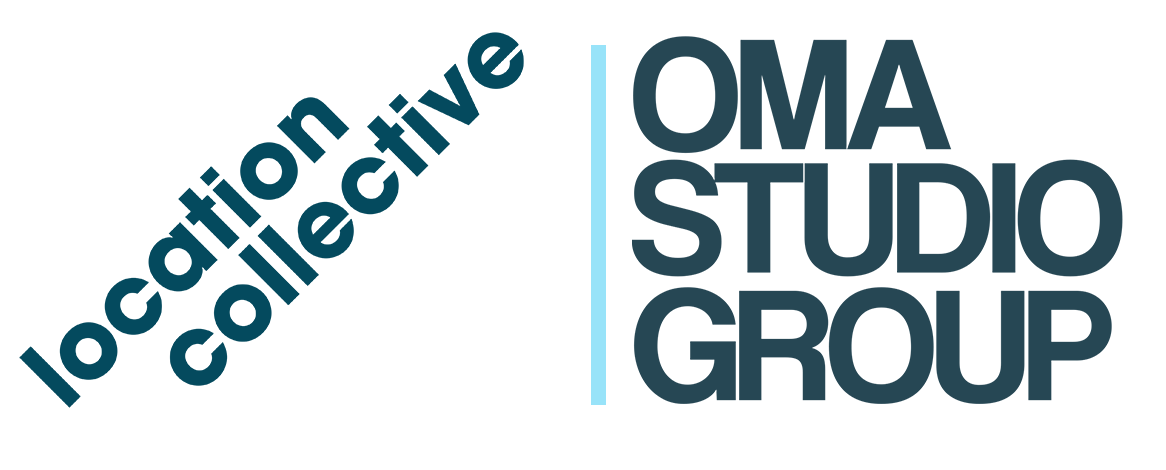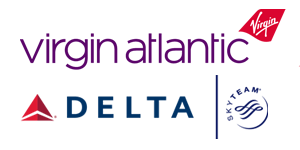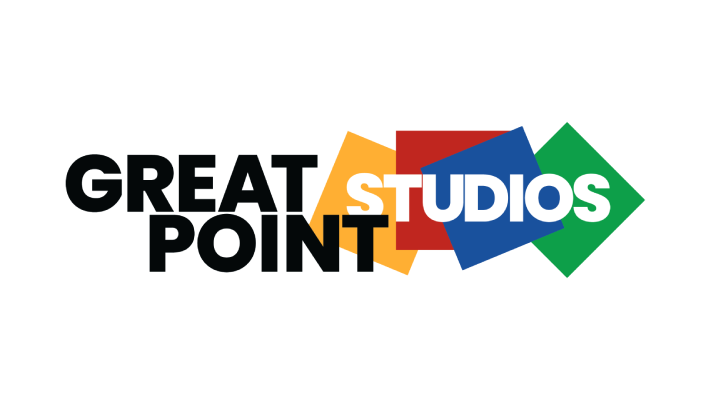Forecasting & Cost Reporting
The first step when cost reporting is to ascertain what the production/series cost to date is.
Cost to date can be defined as follows:-
Cost to date = costs invoiced/paid to date + costs incurred but not yet invoiced/paid to date (accruals)
Costs invoiced/paid to date
The costs invoiced or paid to date are a statement of fact and can be determined by referring to the expenditure codes on the trial balance at the cost report date. For completeness, all received invoices and petty cash should be on the system and both bank and petty cash reconciliations performed up to the cost report date.
All costs must be coded to the relevant budget account, the account description that most accurately matches the cost entry. If there is a new cost which doesn’t fit in an account that already exists, it is best practice to add a new cost code with a description that matches the entry and allocate an estimated final cost accordingly. What is not advisable is to code costs to accounts that aren’t relevant just because there is “money there”. It distorts the final cost position, can mislead overage and underage analysis, and the loss of that logic makes it difficult to trace costs.
Costs incurred but not yet paid/invoiced (accruals)
These are the costs for goods and services that have been used or consumed at the cost report date but no invoice has been received or cash paid out yet. Rarely will these costs be processed in the accounts system via a journal (possibly only at year end) and so the question arises of how best to account for these in the report. There are two recommended ways:
- To include all accruals in ‘commitments/purchase orders’ and thus ignoring the technical accounting definition of ‘accrual’. This is probably the most common treatment and is best when using some of the more standard accounting software to produce your cost report. In this scenario costs to date are therefore only those actually processed through the accounts system.
- To identify and list in a separate ‘accruals’ column in your cost report. This approach, whilst technically correct, is more complicated to put into practice unless you are using a spreadsheet based cost report which enables you to split out the accruals from the outstanding commitments and purchase orders.
The second step when cost reporting is to ascertain your commitments. For our purposes they can be defined as a contracted (not always written) financial obligation entered into for goods/services that have been received or for future use. It is worth noting here that it is common practice to ignore cancellation clauses from contracts when estimating the value of a commitment unless specifically requested to do so. For example, a 10 week contract for a Production Secretary would be valued in its entirety rather than just the notice provision in their contract of 2 weeks.
As can be judged by the broad definition there are a wide range of commitments and therefore various methods of estimating them.
1) A purchase order system: the production crew are required to issue sequentially numbered purchase orders whenever they contract any goods or service in excess of a set amount. Most productions are using electronic purchase order systems, once the PO has been authorised a copy is emailed to the supplier and copies are then available for the accounts department and purchasing department. When the cost report is prepared, the Accountant is able to accrue for the costs for all unmatched purchase orders.
2) The Line Producer/Production Manager cost monitor system: the Line Producer/PM has a cost monitor set up which has columns for invoiced costs, committed costs and costs to come. As soon as a cost is incurred then they log the cost in the committed cost column and as invoices come in, the cost is moved from the committed column to the spent column.
At the time that the cost report is produced the Production Accountant is given the cost monitor and has to firstly agree that the PM’s invoiced costs correspond with the figures on the nominal ledger from the accounting system. All differences have to be discussed with the PM and resolved and the Production Accountant must effectively reconcile the nominal ledger spent to date figure per the monitor to the nominal ledger. Once differences have been resolved, the committed costs in the cost monitor should represent cost incurred but not yet invoiced. Theoretically, the un-invoiced cost should be made up of the unmatched purchase orders (assuming such a system is in place) but in reality, there are often additional commitments in the monitor that have to be accrued for in the cost report.
Specialist film/TV accounting software include a cost manager within the system, so all posted transactions are automatically showing on the correct budget lines within the cost manager.
3) Consultation with heads of departments: each head of department will have been given a budget and responsibility for controlling that budget. At the time of cost reporting it is often helpful to meet the heads of departments to discuss with them the costs that they have incurred to date (and the costs that they are likely to incur in the future). An Art Director will usually, for example, have an estimate of the cost of each set that is to be constructed and dressed and will usually know what costs are already committed. A Location Manager will be able to provide a list of all locations contracted to date and an estimate of the cost of locations that have not yet been confirmed. The information gleaned from the heads of departments (including the Line Producer/PM) can be used to identify commitments that for one reason or another are not covered by a purchase order.
4) Reference to contract: every time a contract is issued by production, the accounts department must be given a copy. A contract represents a commitment and if any part of a contractual deal has yet to be invoiced or paid it should be accrued for. Where the accounting software incorporates a PO system & cost manager, it may be sensible to raise a dummy PO to represent the contractual commitment.
5) Petty cash and floats: when the crew are given petty cash or floats it is often politic to consider the unaccounted for part of a float as a commitment. For example, if a wardrobe department has been given floats totalling £10,000 then there is a good chance that most of that float will be spent and the Production Accountant should consider whether he/she should consider this to be a commitment. However, care should be taken to ensure that the float is not already allowed for in unmatched purchase orders or other commitments.
6) Call sheets/casting advice notes etc: there are numerous documents issued during a production that give an indication of accrued costs. Daily call sheets generally list all the daily cast, crew and equipment requirements, and casting advice notes will indicate the likely cost of an artist.
7) Observation: the Production Accountant will generally be alert to what is going on in a production and needs to be aware of the cost implications of events. For example, breakages or damage to a location are likely to cost money and an insurance claim may well be subject to an excess (or the claim might fail!)
8) It is good practice to keep a spreadsheet estimating the cost of one day’s filming, so if there is a need to extend the schedule, a rough cost is always at hand.
Commitments
Any contracted cost is a commitment and some Production Accountants like to accrue for all such costs as soon as they are incurred. Taking this policy literally, you would accrue for the total contracted cost of say a Production Secretary as soon as he/she was contracted and whilst this is not wrong, many accountants prefer to put the future cost of such crew as a cost to completion despite the fact that the cost is contractually committed.
Costs to complete
Having ascertained what the costs to date are, the Production Accountant, working with the Line Producer/PM, needs to forecast what additional costs will be incurred in completing the project. Many of the methods used to identify costs incurred but not yet invoiced are also used to identify costs to complete. The principal ways to quantify costs to complete are:-
1) The Line Producer/Production Manager cost monitor system: the Line Producer cost monitor includes estimates of cost to completion;
2) Consultation with heads of departments and the Line Producer/PM;
3) Analysis of the locations to be covered in the planned shooting itinerary or the script (in the case of drama), for example, if there are four weeks of production to completion then you need to allow for four weeks of crew/equipment costs and decide (based on where the shooting is to occur) how much travel might occur and generally consider what costs are likely to be incurred in carrying out the planned shoot. Much of this analysis should be performed in conjunction with the Line Producer/PM but the Production Accountant should not rely completely on the Line Producer’s costings; the Production Accountant needs to use his/her experience to consider whether estimates are reasonable and should query items that appear suspect.
4) Observation: the Production Accountant needs to keep his/her eyes and ears open to identify potential additional costs.
The cost report commentary
Where a cost report is being sent to an external party it is helpful to send a written commentary on the cost report as part of the package. The extent of commentary is often down to personal style but as a general rule, it is best to keep the commentary relatively brief. It is important that key information or assumptions are brought to the attention of the person receiving the cost report. This can be achieved by starting the commentary with a progress report in which important information can be highlighted, but where a piece of information is fundamentally important to understanding the cost report it may be necessary to send a covering letter (or e-mail) with the cost report drawing attention to the matter of importance.
Forecasting Top Tips
1. Contingencies
The Production Accountant should initially identify the key risk areas for the specific production they are working on. Focus should not be lost on these areas, and the Production Accountant may consider whether contingency provisions are required to cover unforeseen additional spend in these areas.
Both budgeted contingencies and unofficial ‘pots’ are an important part of estimating a production’s final cost. It is more art than science and the benefit of experience is the most valuable commodity here. It can also have internal political complications as your contingencies may move the production into an overspend position. Always remember that you have a professional responsibility to forecast the final cost to the best of your ability. With all this in mind here are some tips about contingencies:
- Total contingencies for your production should be in the production budget at the start. In TV they are often in the region of 1 and 5% of the budget. However for independent feature films, the contingency line item required by financiers and bond companies is often 10%.
- Best advised to take a prudent, mildly pessimistic approach to the unknown but do not plan for worse case scenarios in your forecasts as significant underspends can be frustrating for producers keen to get most value from their budgets.
- Areas regularly open to significant change include: design, locations, costume, VFX and overtime.
- How numerically proficient are your heads of department? You will be able to judge from the quality of their reports quite quickly how much confidence you can have in their forecasts.
- How long is left to go? Contingencies should reflect risks which should reduce as the production proceeds.
- What is the risk appetite of the Line Producer / Production Manager?
2. Don’t automatically assume that an insurance claim will succeed
Insurance claims are often subject to a deductible ‘excess’ and are not always successful. Make the claim as early as possible and liaise with the loss adjuster on the likely payout.
3. Ensure that the cost report is consistent with itself.
The budget lines within a cost report are inter-linked. For example, if you are projecting eight weeks of off-line edit in ‘post production’ you need to have eight weeks of off-line editor in ‘crew-edit’.
4. There is usually only one production budget
Where a Line Producer/PM is given a budget at the start of a production they frequently find that the production has so fundamentally changed since it was budgeted that they want to re-budget to ascertain whether they are likely to be able to bring the production in on-budget. Where a production has already been financed it is unusual for a financier to allow a re-budget to occur. If this is the case, then it is best to stick with the existing budget and if necessary a cost report can be done before any expenditure has occurred with all costs in cost to completion to ascertain whether the production is on-budget.
5. Nominal ledger codes
The Production Accountant should agree the nominal ledger account codes with the Line Producer/PM as early in the production process as possible. If the Production Accountant and the PM are using different account codes there is a danger that invoices will be posted to the wrong nominal ledger codes.
6. Listen to ‘throw away’ remarks by heads of production
In a meeting with a Head of Production a remark the Head of Production considers to be insignificant can reveal a potential cost or contingent liability. If, for example, a Location Manager mentions that the owner of a location has complained about damage or the state that the location was left in then this may result in a repair cost being incurred.
7. Beware budget lines that the PM says are ‘to budget’
Whilst it is not wrong to consider a budget line to be exactly on-budget the Production Accountant should beware if the PM has too many lines exactly so. This can indicate that the PM is not considering each budget line carefully but is instead just assuming the budget line to be on-budget. Assumptions can be dangerous.
8. Review the balance sheet items in a cost report
Balance sheet items represent assets and liabilities. The Production Accountant needs to review the assets to ensure that they exist eg. will debtors pay and have allowances been made for the costs which may arise from floats? They also need to review all liabilities to ensure that they correctly reflect what the production owes. Also are there any debits on the purchase ledger that represent hidden costs?
9a. Logic errors in cost reports
Where a cost report is in the form of a spreadsheet it is important to verify that there are no logic errors in the cost report such that it doesn’t cross-cast. It is worth regularly checking, for example, that total spent to date+ total accrued costs do equal total costs to date, that total costs to date+ total costs to completion do equal total production costs and that total production costs less the total budget do equal the projected over/underspend in the cost report.
9b. Development/script
Quantify development costs as soon as possible and then, if possible, make sure that the production company is aware that the development period has ended and no further costs will be accepted relating to this period. Refer to writers contracts to ascertain what the production liability is for scripts. Where there are several writers and they are paid in instalments dependent on certain milestones being met then it is easy to under or over-pay a writer.
Questions to ask yourself:
- Have the correct subsequent use advances been budgeted?
- Is there a format holder that will be paid for scripts not written? The contract for this might be old.
- Is there an allowance for re-writes? These are common on multi episodic dramas.
9c. Artists and extras
A complete cast list can be obtained from the schedule and can be analysed to calculate artist costings and overtime. The list can also be cross referenced to the casting advice notes and artists’ contracts. The daily call sheets should give details of extras used. It is then important to require extras agencies to invoice promptly so that the exact cost is quickly ascertained.
Questions to ask yourself:
- What specific rights are required for clearance?
- Does this affect all classes of artist from principals to stunts?
- Have there been instances of stunt artists performing in more than one episode in a day?
Check the PACT Equity agreement, ensuring all additional payments are covered e.g. Overtime, pensions etc.
9d. Wardrobe/art department
The person who knows best what the wardrobe/art department costs are likely to be is the relevant head of department. Close and regular liaison with the head of department is fundamental to forecasting these costs. Wardrobe and art department floats must be promptly accounted for by those departments so that the level of floats are kept to a minimum. A float advance represents a potential cost so the lower the level of unaccounted for floats the less uncertainty there is.
Costs for the wardrobe and art departments can be unpredictable and have a nasty habit of going up unexpectedly. The Production Accountant should consider whether it is prudent to put a contingency aside for unexpected costs in these areas.
9e. Location costs
Location fees are usually best controlled by close liaison with the Location Manager.You will need to see evidence that they are breaking down their schedule and budgeting effectively in order to have confidence in their forecasts. Be ready to offer advice on how best to do this.
Keep a close eye on the progress reports for scenes not completed and make sure the additional pick up costs are in the Location Manager’s next forecast.
There is often a close relationship between Location and art department costs as good locations need less dressing and vice versa. Beware of costs that are falling between two departments, make it clear to budget holders they are responsible for getting other departments to bear their costs, not you.
Location department floats must be accounted for promptly to keep them to a minimum. This is a department where there is a lot of scope for additional costs and such costs often first materialise when floats are accounted for.
Unit base costs can be very high and it is therefore important that the Production Accountant is fully aware of the vehicles and drivers that are used. Very often unit base vehicles come as part of a package deal so the Production Accountant should obtain the contract/quotation for the package and then liaise closely with the facility company to ascertain variances/extras.
Location costs is another area where it may be useful for the Production Accountant to put aside contingency monies.
9f. Post production
The Production Accountant must identify what the post production delivery requirements are and then ascertain that all such costs are allowed for in the post production quotation. Post production is a very specialist area and the Production Accountant should therefore rely on the Post Production Supervisor (if there is one) for costings. If there isn’t a Post Production Supervisor then the Line Producer/PM must implement a system promptly to identify variances from the post production quotation.
VFX (visual effects) can be extremely expensive and costing them is a specialist area. The Production Accountant needs to identify areas where VFX may be required and then defer to experts to forecast the likely costs.
9g. Archive
Archive costs can easily be overlooked. The Production Accountant should enquire of the Line Producer early on whether any archive is likely to be used and if so what source the archive is likely to come from and how much it is likely to cost (archive costs vary enormously depending on the source). It may also be sensible to check that the archive is cleared for the required number of screenings and for the correct world territories.
9h. Music
Music clearances are a specialist area and the Production Accountant generally needs to rely on the expertise of others to ascertain the likely cost of the music to be used. Many broadcasters have blanket agreements for music used in their programmes and such music is then free of charge to the Production Company making a programme for that broadcaster. Where music is extensively used in a programme, the Accountant needs to obtain a full list of music usage (including duration) as early as possible and details of the contracted cost of each piece of music.
Where a piece of music is used several times in a programme the Production Accountant should be careful that it is correctly costed. For example, many music companies charge a set fee per half-minute of a track but two music cues of 10 seconds each would incur two half-minute fees.
The Production Accountant should verify that music invoices do cover the required number of territories and world territories.
9i. Travel and transport
There is enormous scope for inaccurate forecasting in this area and the Production Accountant should therefore consider putting aside a general contingency for unexpected costs in this area. Where a production has a large number of production vehicles the Production Accountant should be aware that vehicle usage will correspond to the crew members contracted time. If a Location Manager is contracted for eight weeks and is paid for car usage you would expect to see eight weeks of car usage (and associated petrol costs) forecast in the cost report.
Fuel cards help with the consistent monitoring of weekly expenditure and reduce the amount of petty cash you have to deal with.
Ensure that any person responsible for booking transport has an appropriate system for logging the expenditure and reporting it to you.
Travel is another area where costs are hard to estimate and where a general contingency for unexpected costs might be sensible.
The Month End Cost Report
Where a cost report is required as part of the company’s financial month end/year end accounting the Production Accountant will need to refer to the Company Accountant to ascertain exactly what the company’s month-end requirements are. In general, the company accountant will require the following:-
1) A month end trial balance and nominal ledger from the accountant’s nominal ledger
2) A cost report where the cost to date ties in with the trial balance
3) A list of accrued costs
4) A month-end bank reconciliation that ties into the TB
5) An aged list of debtors at the month end (and supporting sales ledger) that ties into the TB
6) An aged list of creditors at the month end (and supporting purchase ledger) that ties into the TB
Where some of the funding is dependent on the type of spend, an updated estimate of the income calculation should also be produced eg UK Tax credit based on allowable spend or regional funding based on a certain level of funding in that region.
Month end checklist.xls
Revenue recognition
Whilst this is an important issue for all UK made productions and the companies they are owned by, it may be less relevant for you as a Production Accountant. However, a basic understanding of its concepts can be useful.
Revenue recognition is an accounting principle that determines the specific conditions under which income becomes realised as revenue. Generally, revenue is recognised only when a specific critical event has occurred and the amount of revenue is measurable. In the TV industry this is generally considered to be the delivery of master tapes to the principle broadcaster, however, there are some variants of this and they are often tied into milestone payments broadcasters make, so it is very important to understand when these are to enable a prompt billing cycle.
Work in progress
For accounting purposes WIP (work in progress) is considered a current asset on the balance sheet. It refers to all the materials and expenses incurred to get the part-completed show to its current state. WIP is valued at the lower of cost or net realisable value so no element of profit can be included in it (for profit you can read production fees). WIP is an important term used in conjunction with revenue recognition as until you can recognise your revenue your WIP remains the amount spent to date on getting the project to its current condition.
Hot costs
Some Producers and Line Producers request ‘hot costs’ from the Production Accountant, which is a daily comparison to budget and sometimes referred to as a daily cost report. The hot costs are only meant to be measuring key variables; for example, on-set shooting crew, cast, footage/processing and catering, so it should be made clear to the Producer and Line Producer which areas are included and the limitations of the data.
Useful documents
Master Tracker.xls
Cost report.xls
Catering numbers and costs.xls
Crowd analysis.xls
Cast overtime calculation.xls
Artist Costings.xls
Accommodation breakdown.xls
Location Breakdown Template.xls
NOTE: This guide contains general information only. Nothing in the guide constitutes legal advice. You should consult a suitably qualified lawyer on any specific legal problem or matter.

